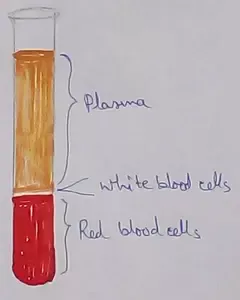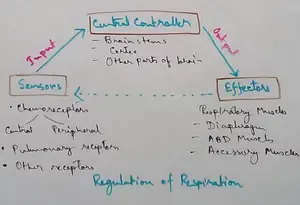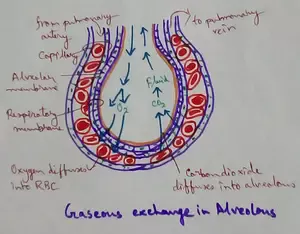Worksheet on Where do Animals Live?
Worksheet on where do animals live contains the various types of questions on animals, birds and insects.
Read the concept to answers the questions on where do animals live.
1. Rabbits : burrows :: Honey bees : 'A’
What will you replace 'A' with?
(i) Shell
(ii) Hive
(iii) Swarm
(iv) Colony
2. Two animals that can be found both on land and in water are
(i) crocodile and kingfisher
(ii) kingfisher and fish
(iii) crocodile and frog
(iv) duck and beetle
3. Match the items in column I to those in column II.
Column I Column II
A. Octopus 1. soft - jelly like body
B. Shark 2. has eight arms
C. Jellyfish 3. Sharp toothed fish
(i) A-2; B-3; C-1
(ii) A-1; B-2; C-3
(iii) A-2; B-1; C-3
(iv) A-1; B-3; C-2
4. Write the names of the following:
(i) A group of bees.
(ii) group of deer.
(iii) The home of rabbits.
(iv) An animal with a shell.
(v) A winged animal that lives on trees.
(vi) A black insect that likes sweet food.
(vii) An animal that catches food with its sticky tongue.
(viii) An animal that lives in your home.
5. Find the odd one out.
(i) sparrow, mynah, rat, owl.
(ii) dragonfly, lizard, mosquito, butterfly.
(iii) ant, rabbit, crocodile, snake.
(iv) fish, frog, whale, shark.
6. Name the following:
(i) Two animals which live in burrows.
(ii) Two animals which live in herds
(iii) Two large meat-eating wild animals.
(iv) Two fish-eating birds.
(v) It lives in the trees and loves bananas.
(vi) A bird which hunts at night.
Check the answers of the worksheet on where do animals live:
Answers:
1. (ii) Hive
2. (iii) crocodile and frog
3. (i) A-2; B-3; C-1
4. (i) swarm
(ii) herd
(iii) burrow
(iv) snail
(v) birds
(vi) ant
(vii) frog
(viii) dog
5. (i) rat
(ii) lizard
(iii) ant
(iv) frog
6. (i) rabbit and snake
(ii) elephant and deer
(iii) tiger and lion
(iv) kingfisher and egret
(v) monkey
(vi) owl
From Worksheet on Where do Animals Live to HOME PAGE
Recent Articles
-
What Is Plasma? | Blood Plasma | Proteins | Nutrients | Cholesterol
Nov 07, 25 10:29 AM
Blood is a mobile fluid which is a connective tissue and is derived from the mesoderm like cell any other connective tissue. Colour of blood is reddish and that flows inside the blood vessels by means… -
Disorders of Respiratory System | Tuberculosis | Pleurisy | Emphysema
Oct 28, 25 11:39 PM
Tuberculosis is very common disease and is caused by a type of bacteria called Mycobacterium tuberculosis. This disease causes different trouble in the respiration and infection of several parts of th… -
Regulation of Respiration | Respiratory Centres | Inspiratory Area |
Oct 14, 25 12:13 AM
Respiratory Centre is the area that controls the rate of respiration and it is observed to be located in medulla oblongata and pons. Respiratory Centre has the following will dispersed components like… -
Explain Transport of Gases | External Respiration | Tissue Respiration
Oct 09, 25 11:35 PM
In humans gaseous exchange is completed in the following ways the steps are - External Respiration or Breathing - Breathing in false taking in of Oxygen and giving out of carbon dioxide in the body. M… -
Kind and Number of Teeth | Location of Teeth in Mouth | Care of Teeth
Sep 11, 25 12:52 AM
Kind and Number of Teeth





New! Comments
Have your say about what you just read! Leave me a comment in the box below.